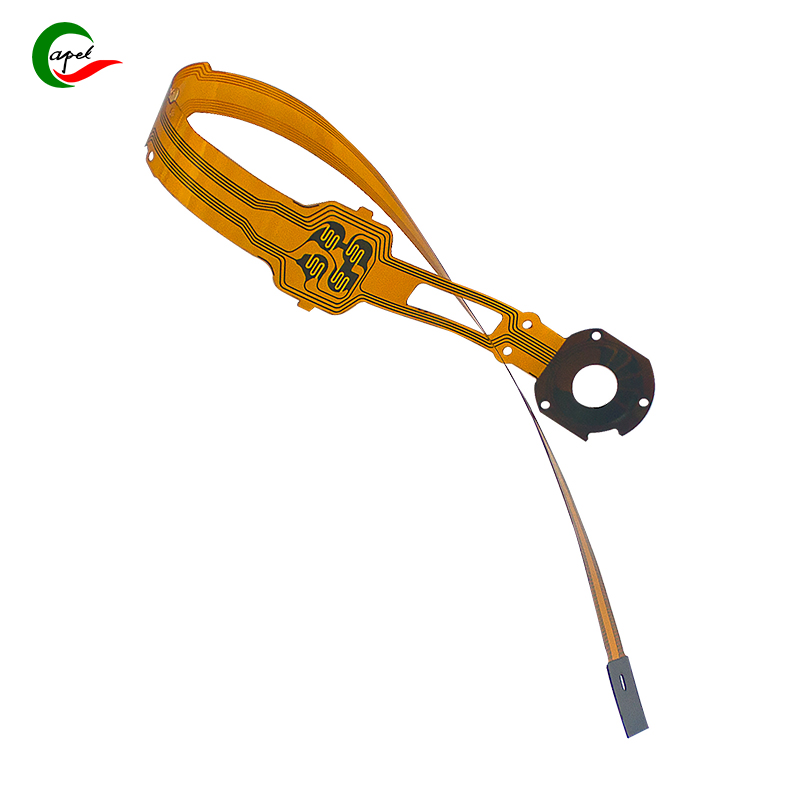Rigid-Flex PCB vs. FPC: A Clear Breakdown of Cost Differences
Date: 2025-09-15
When designing electronics, choosing between rigid-flex PCBs and flexible PCBs (FPCs) often comes down to one practical question: How much will it cost? Both serve the need for compact, space-saving circuits, but their price tags vary—for reasons tied to materials, manufacturing, and use cases.
Let’s cut through the confusion. Below is a simple, no-jargon breakdown of why rigid-flex PCBs and FPCs differ in cost, and what that means for your project.
Before diving into costs, let’s clarify the basics—since their designs drive their prices:
-
FPC (Flexible PCB): A thin, bendable board made of polyimide (PI) and copper. It folds, wraps around components, and fits into tight spaces (like wireless earbuds). No rigid sections—just flexible material.
-
Rigid-Flex PCB: A hybrid: flexible PI sections (for movement) bonded to rigid FR-4 sections (for mounting components like chips or connectors). It combines FPC’s flexibility with the stability of a rigid PCB (common in smartphones or medical devices).
Rigid-flex PCBs are almost always pricier than FPCs—here’s why the extra cost makes sense:

FPCs shine for cost-sensitive projects where you don’t need rigid support:
-
Simple, single-layer designs: Most basic FPCs are 1–2 layers. Rigid-flex PCBs often need 4+ layers (to connect flex and rigid sections), which drives up copper and processing costs.
-
Small-batch orders: FPC tooling (molds for cutting and etching) is cheaper and faster to make. Rigid-flex tooling needs to handle two materials, so setup fees for prototypes are $50–$100 higher.
-
No component mounting on flex parts: If you only need to route signals (not attach heavy chips), FPCs work—rigid-flex’s FR-4 layers are unnecessary, so you avoid paying for unneeded rigidity.
Cost shouldn’t be the only factor—you need to match the board to your device’s needs:
-
Pick FPC if: Your device needs flexibility but no rigid mounting (e.g., a foldable phone’s hinge wiring, a fitness tracker’s sensor link). It’s cheaper and lighter.
-
Pick rigid-flex if: Your device needs both bendable sections and stable component mounting (e.g., a smartwatch’s main board + wristband sensor, a drone’s folding arm with a camera chip). The extra cost avoids messy wire connections and improves durability.
Rigid-flex PCBs cost more than FPCs because they’re hybrid designs—combining two materials and more manufacturing steps. But that extra expense buys you versatility: the ability to bend and support components in one board.
FPCs are the budget-friendly choice for simple flexibility. The key is to ask: Do I need rigid sections to mount parts? If yes, rigid-flex’s cost is worth it. If no, FPCs will save you money without sacrificing performance.
Related Link:
